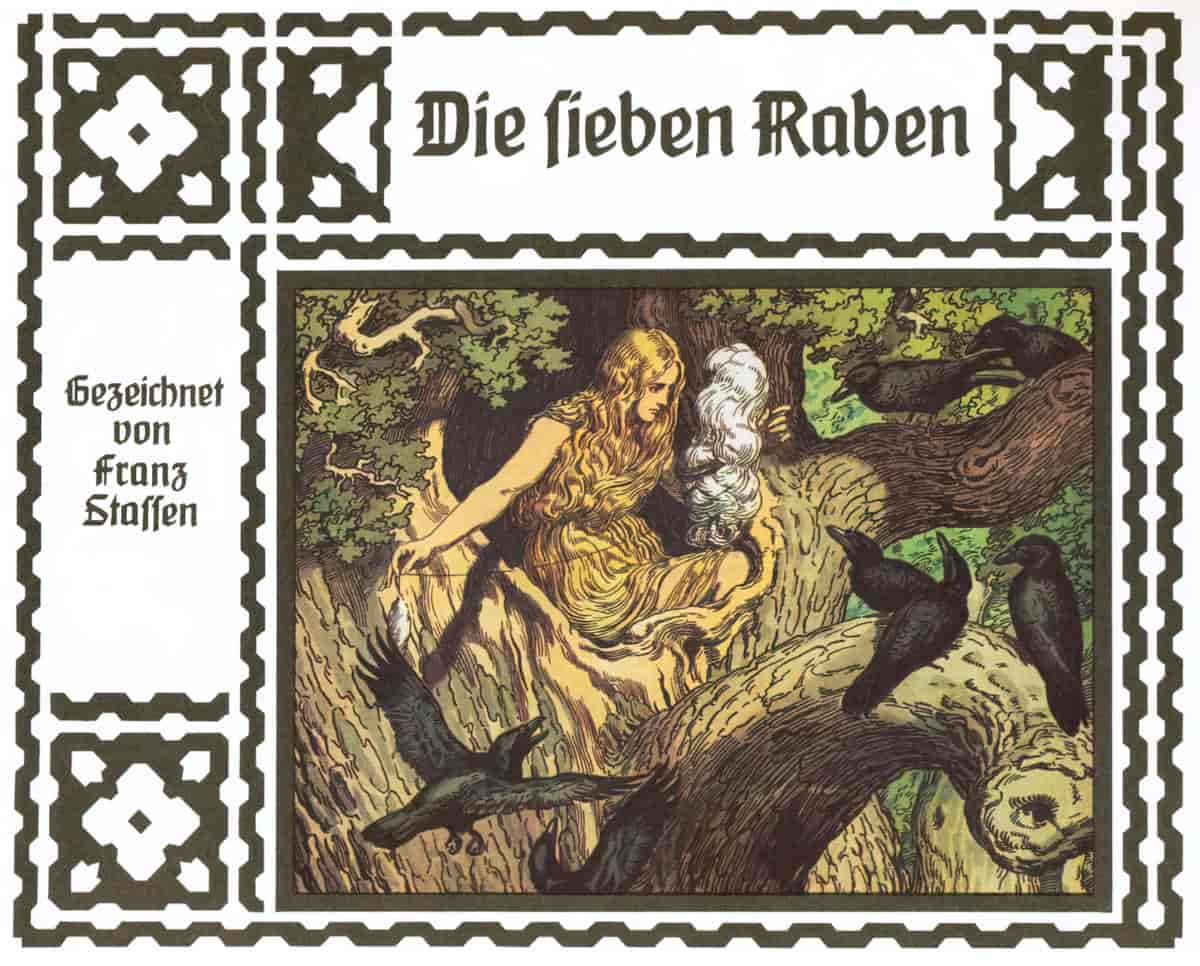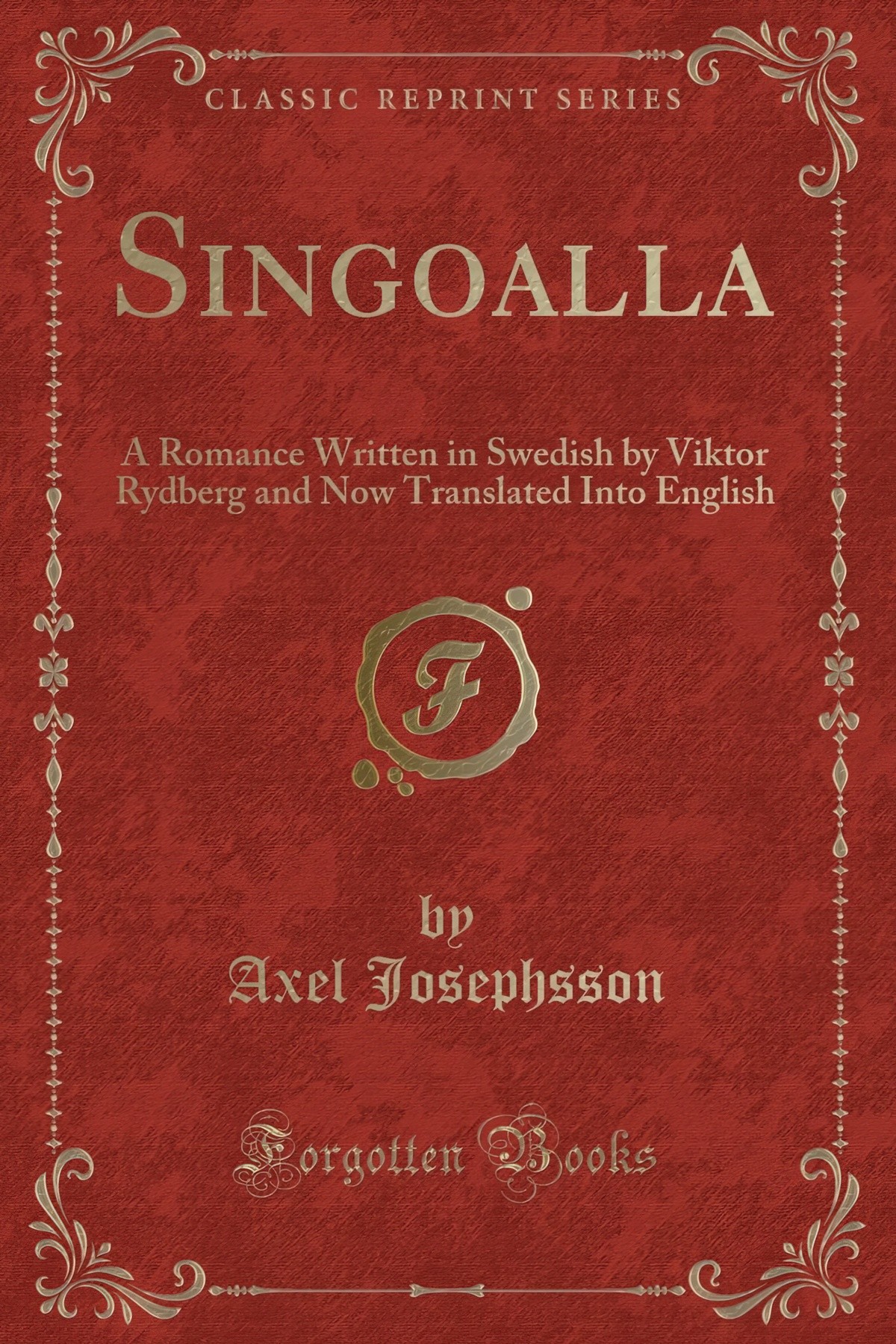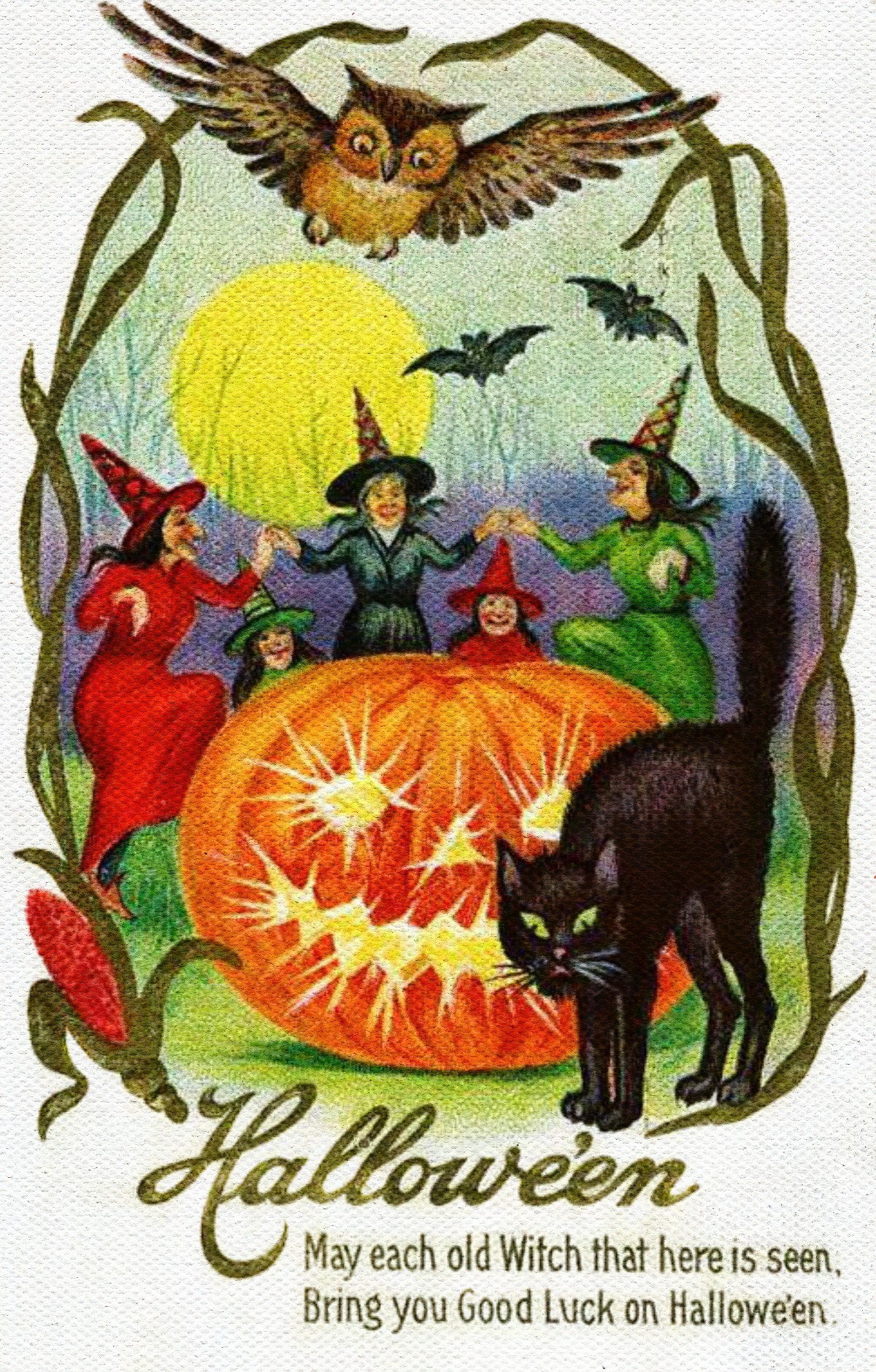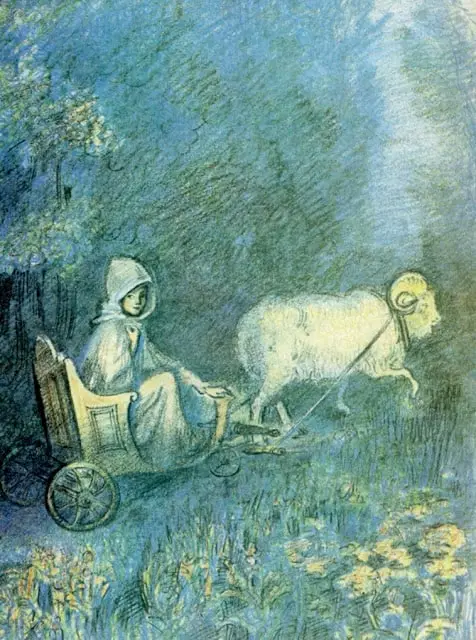-
What Is A Chronotope?
According to Russian literary theorist Mikhail Bakhtin (1895–1975), a chronotope is a type of image which fuses space in a time in a concrete and meaningful way. He introduced this term in 1937. The word chronotope comes by way of Russian from the Greek words for time and place. Think chronology + topography smooshed together. But when […]
-
The Red Shoes by Hans Christian Andersen Fairy Tale Analysis

“The Red Shoes” (1845) is a — let’s face it — horrific literary fairytale by Hans Christian Andersen (1805 – 1875), built on a tradition of stories in which a female character is punished (by her ostentatious, sexually charged shoes) for her social deviation.
-
Urban Legend Study: Vicks Vaporub For Everything
Certain products attract urban legends: Vicks Vaporub, WD-40, “miracle polish”… We love products which ostensibly achieve multiple tasks.
-
The Seven Ravens Fairytale Analysis

“The Seven Ravens” is a fairytale collected by the Grimm Brothers. In an earlier time, this tale would emphasise the importance of family, with a moral lesson of obedience and respect towards parents.
-
The First King of England
Now we have a new King of England, I’m wondering, who was the first? The first King “of England” was Athelstan.
-
The Wind Is My Lover (Singoalla) Swedish Classic

I need to show you these beautiful illustrations by Swedish illustrator Carl Larsson, more famous for colourful, domestic scenes.
-
Witches’ Cats In Art and Storytelling

Illustrators frequently depict witches in two mutually exclusive ways: erotic and alluring, or as ugly as the dominant culture can possibly proscribe. Here are some ugly witches dancing around a fire.
-
Nymphs and their Habitat

Nymphs are minor female nature deities from Ancient Greek folklore. Like Pan, they serve as personifications of nature but unlike Pan, who can turn up anywhere (e.g. in The Wind In The Willows or as a character in The Secret Garden), nymphs are typically tied to a specific place. They are usually depicted by horny heterosexual male artists as beautiful…
-
A Glossary of Fairytale Words
Terms you come across when reading up on fairy tales.
-
Variations On Once Upon A Time

When creating a fairytale world, certain language marks the tale as timeless. Why timeless? Stories which begin in a fairytale fashion share the quality of essential truth. Earlier audiences assumed this essential truth to be the essence of God’s own voice: In the beginning was the Word. John 1:1 Fairytales begin with a similar, familar […]
-
The Princess and the Pea by Hans Christian Andersen Fairy Tale Analysis

The Princess and the Pea was first published in 1835, one of a handful of satirical, colloquial fairy tales in an unbound collection by Danish storyteller Hans Christian Andersen. The colloquial language didn’t go down well with critics at the time, who also didn’t appreciate that Andersen’s silly little “wonder tales” failed to convey a moral suitable for children.
-
The Fairytale Importance of the Literary Salon and Marie-Catherine d’Aulnoy

First, what is a salon? 1. A RECEPTION ROOM IN A LARGE HOUSE The common feature of a salon: It is set up for social interaction. As shown in the header illustration, “Grand Salon” Hôtel du Collectioneur, Paris 1925. Arch. Emile Jaques Ruhlmann, a salon is also a feature of a grand hotel. 2. WHERE […]
-
Creepy Donkey Skin Fairy Tales Analysis

“Donkey Skin” is an old tale which appealed to Charlies Perrault. Perrault included his own version (called “Peau-d’ Ane, Conte”) in Old-time Stories told by Master Charles Perrault (1921), ensuring the tale’s enduring popularity, and cementing Perrault’s particular spin on it in popular imagination.
-
The Golden Age Of Brownies

A brownie is a fairy from English and Scottish folklore. They live in houses (so are a type of hobgoblin — ‘hob’ referring to the cooking equipment with hot plates). They are industrious. Like German poltergeists, they sometimes mess up the joint. This is done out of mischief rather than malice. However, the Yorkshire boggarts […]
-
Fear of Engulfment in Storytelling
There’s a very good reason why girls should be told the truth about baby-making as soon as they ask: If she’s old enough to be asking, she’s old enough to be worrying.